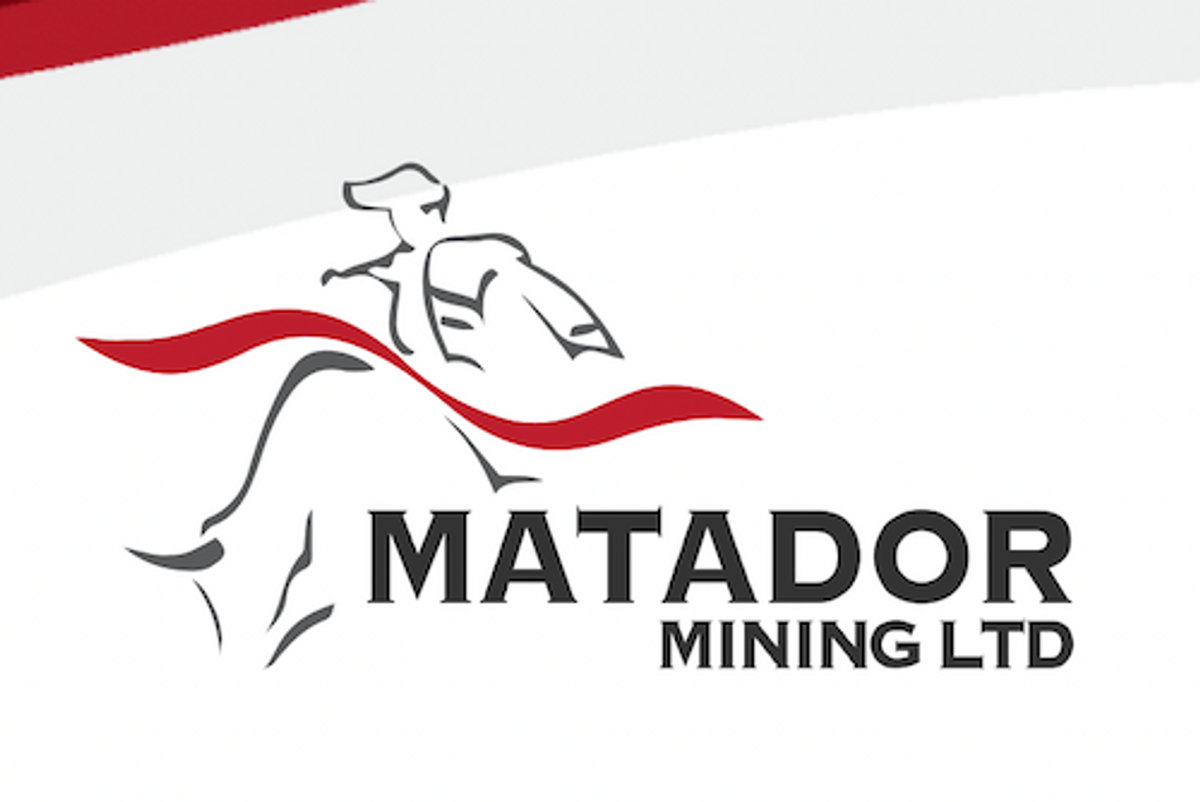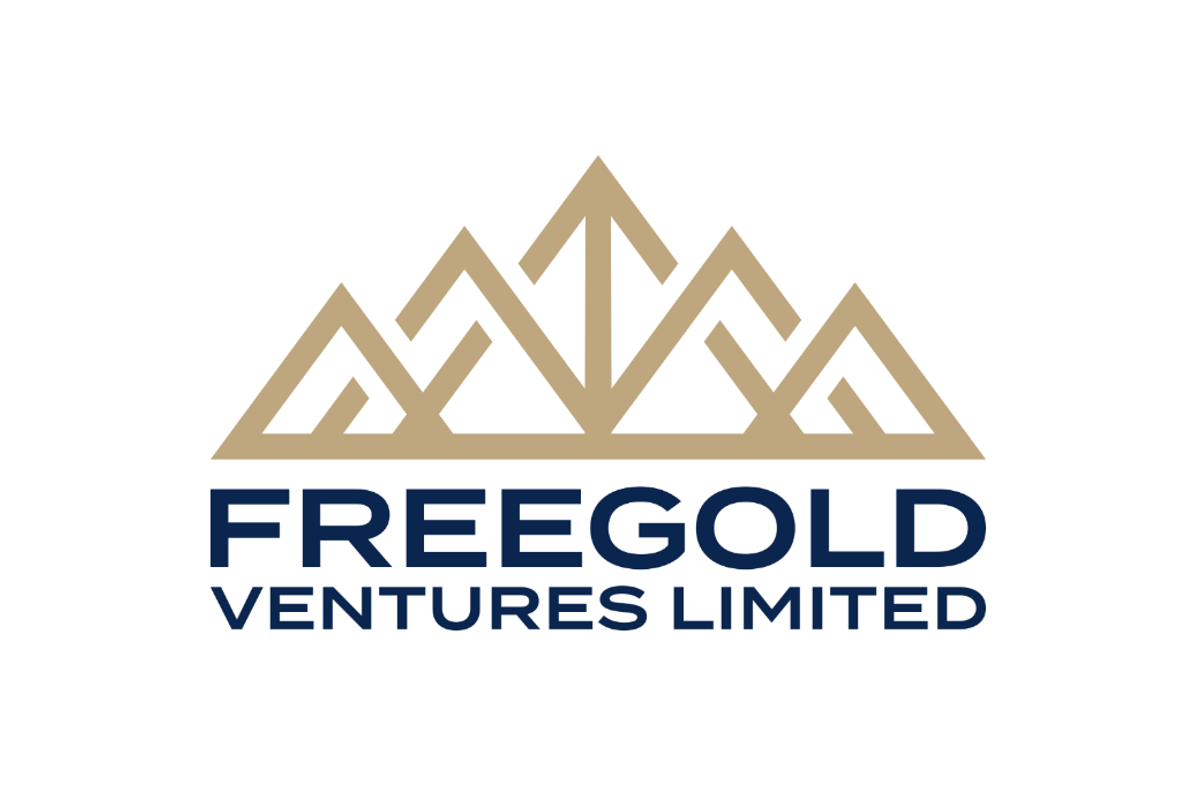
May 25, 2022
Matador Mining Limited (ASX: MZZ; OTCQX: MZZMF; FSE: MA3) (“Matador” or the “Company”) is pleased to announce the first assay results from the winter 2022 diamond drilling program at the Central Zone in the Cape Ray Gold Project (the “Project”) Newfoundland, Canada.
Highlights:
- Matador has received the first assays from the inaugural winter drill program, conducted between February 2022 and April 2022.
- CRD352:
- 6 metres at 13.3 g/t Au from 214m (incl. 1 metre at 45.8 g/t Au from 217 metres and 1 metre at 11.7 g/t Au from 219 metres); and
- 6 metres at 7.1 g/t Au from 228m (incl. 1 metre at 22.4 g/t Au from 229 metres)
- CRD351:
- 5 metres at 5.4 g/t Au from 53 metres (incl. 2.9 metres at 8.9 g/t Au from 53 metres); and
- 2 metres at 11.1 g/t Au from 64m (incl. 1 metre at 13.6 g/t Au from 64 metres)
- Results are still pending for 29 exploration diamond holes at the Window Glass Hill Granite, PW East and Stag Hill targets; four Central Zone geotechnical drill holes; remainder of the Stag Hill Power Auger sampling program1 and 96 gold grain samples from the Malachite greenfield reconnaissance program2 .
Matador’s Chief Geologist Warren Potma commented:
“We are very pleased with the initial set of drill results from the first winter diamond campaign completed by Matador. Drilling at Central Zone has returned positive results from drill hole CRD352 with two separate zones of high-grade mineralisation recorded in an 80 metre gap in the previous Mineral Resource drilling. It appears some of the historic drilling in this area may have reported anomalously low grades relating to variable core recovery associated with the highly sheared host rocks. These new results indicate potential for higher grades and increased widths compared to the current Mineral Resource estimate. The Central Zone drill results have increased our understanding of the structural controls of gold mineralisation at Cape Ray, which is particularly important as we step out to explore new Greenfields targets such as Malachite.”
Drill Hole CRD352
Gold mineralisation at the Central Zone deposits occurs as quartz veins and vein arrays parallel to and splaying off the Cape Ray Shear Zone. The gold bearing quartz veins dip moderately to steeply towards the south-east, and typically develop within sediments at or near the contact with a footwall graphitic schist, as can be observed in Figure 3.
Drill hole CRD352 tested an identified 80 metre wide gap within the current mineral resource drilling. The drill hole successfully returned multiple intercepts with assays totaling 130.4 sum grams x metres Au (uncut3 ), confirming the interpreted upward continuation of a wide mineralised zone encountered at depth (see cross section Figure 3).
Two significant zones of mineralisation were intersected, reporting 6 metres at 13.3 g/t Au from 214m (incl. 1 metre at 45.8 g/t Au from 217 metres and 1 metre at 11.7 g/t Au from 219 metres), and 6 metres at 7.1 g/t Au from 228m (incl. 1 metre at 22.4 g/t Au from 229 metres and 1 metre at 7.9 g/t Au from 231 metres).
Click here for the full ASX Release
This article includes content from Matador Mining, licensed for the purpose of publishing on Investing News Australia. This article does not constitute financial product advice. It is your responsibility to perform proper due diligence before acting upon any information provided here. Please refer to our full disclaimer here.
MZZ:AU
The Conversation (0)
4h
Blackrock Silver Announces Final Assays from Eastern Expansion Drill Program at Tonopah West
The Eastern Expansion Drill Program Identified Several Mineralized Northwest Structures Hosting Shallow Mineralization Encountered Within a 1.2 Kilometre Trend EASTERN EXPANSION PROGRAM HIGHLIGHTS: At least three mineralized northwest oriented structures have been identified within the 1.2... Keep Reading...
14h
Theia Grade Control Confirms Geological Interpretation
Astral Resources (AAR:AU) has announced Theia Grade Control Confirms Geological InterpretationDownload the PDF here. Keep Reading...
16h
Centurion Minerals Ltd. Announces Grant of Management Cease Trade Order
Centurion Minerals Ltd. (TSXV: CTN) ("Centurion" or the "Company") announces that the British Columbia Securities Commission, as principal regulator, has granted the Company a management cease trade order (the "MCTO"). As previously announced on November 14, 2025 and further clarified on... Keep Reading...
20h
Barrick to Weigh IPO for North American Gold Unit
Barrick Mining's (TSX:ABX,NYSE:B) board has authorized management to evaluate an initial public offering (IPO) of a new subsidiary that would house the company’s flagship North American gold assets.According to a Monday (December 1) statement, the proposed entity would include Barrick’s... Keep Reading...
20h
Zijin Mining Founder Chen Jinghe Retires After 40 Years
Zijin Mining Group (OTC Pink:ZIJMF) founder Chen Jinghe is stepping down after four decades at the helm, retiring as chairman and transitioning to honorary chairman and senior consultant.According to a Bloomberg report, Chen’s retirement announcement came from a Saturday exchange filing, where... Keep Reading...
Latest News
Latest Press Releases
Related News
TOP STOCKS
American Battery4.030.24
Aion Therapeutic0.10-0.01
Cybin Corp2.140.00






